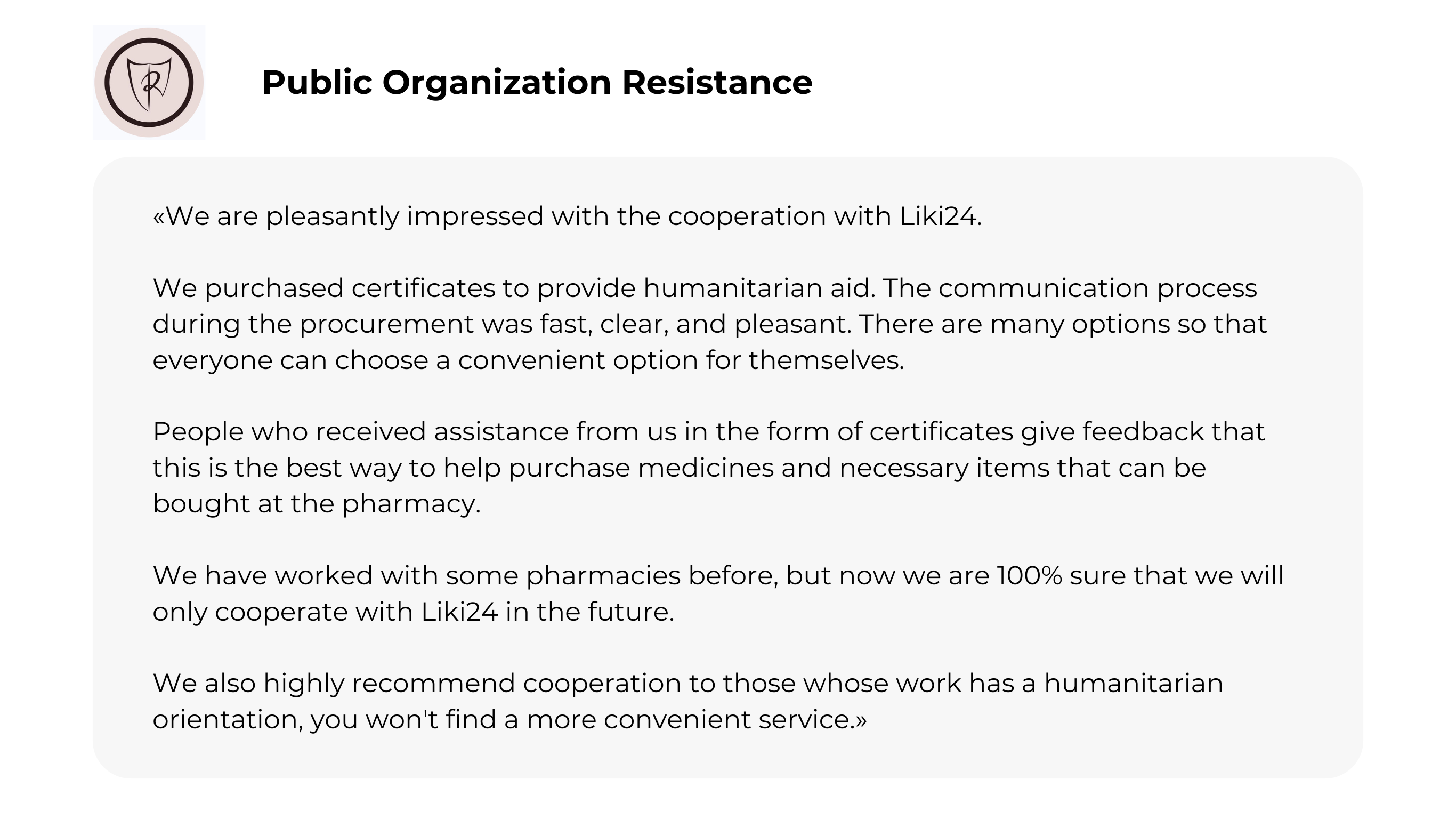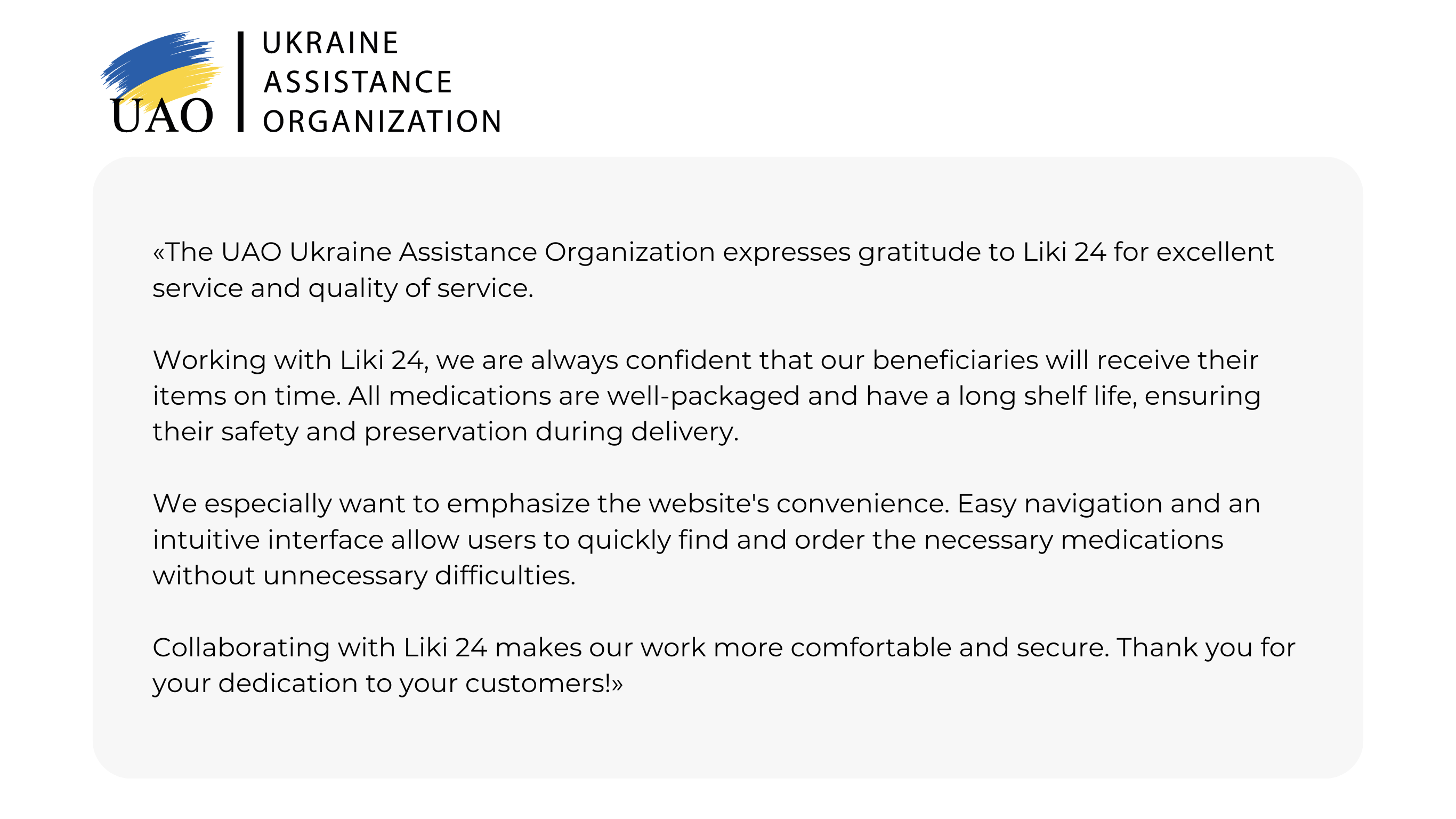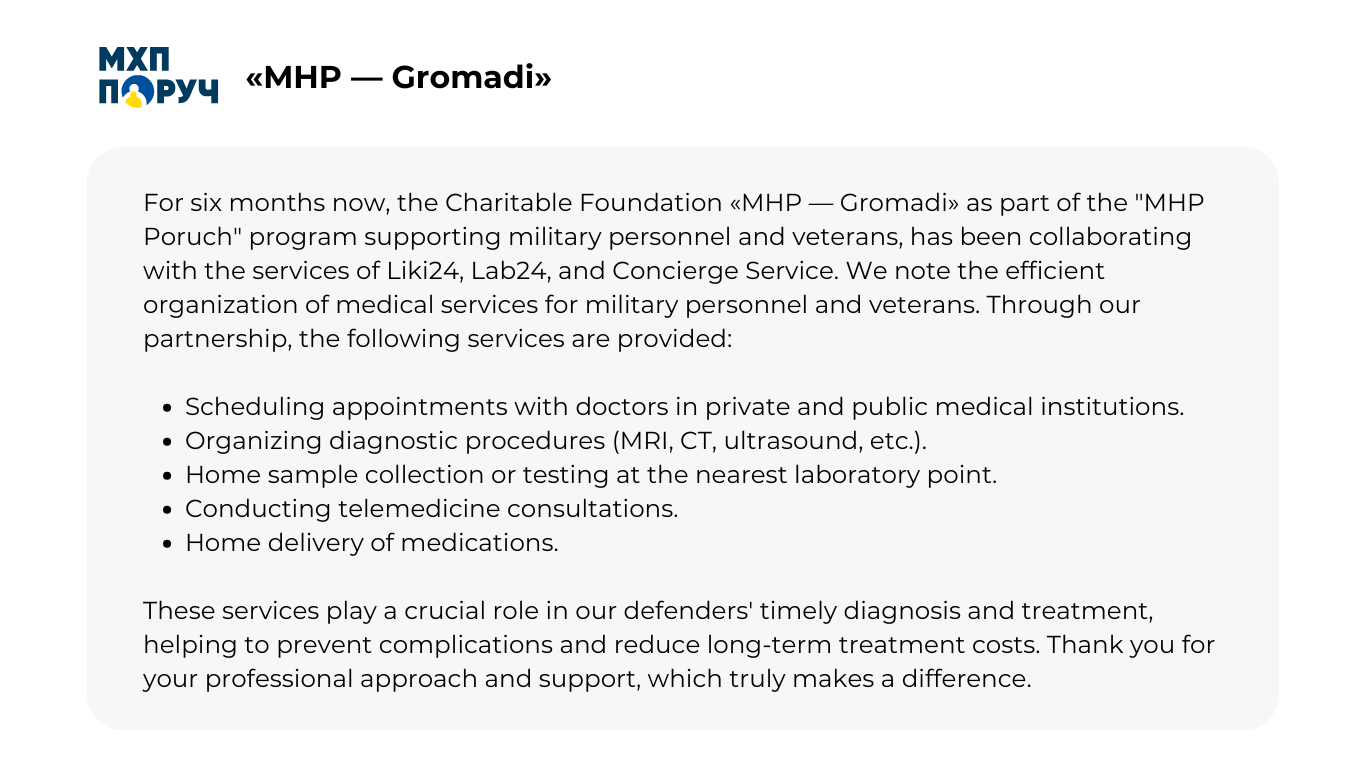Charity is no longer about "giving away the last thing you have" or "working solely for the cause." It has become a full-fledged sector that requires professionals, offers career growth, and provides competitive salaries.
But there are nuances.
If you are considering working in a charity organization, here’s an honest guide on where to look, what to pay attention to, and which red flags to spot right away.
The Charity Sector in Ukraine
In the past, volunteering was mainly associated with religious organizations, orphanages, and helping the sick or homeless.
Charity was perceived emotionally—“saving,” “supporting,” “not leaving behind.” People in difficult circumstances were seen not as individuals who could be given a chance, but as those who needed pity.
In reality, most problems can be solved with timely and comprehensive support. Perhaps the first to introduce the idea of systematic charity—not through the lens of pity, but as an opportunity to be part of something big (and even fun)—was the "Tabletochki" foundation.
Then came large foundations, corporate social responsibility initiatives, and fundraising as a separate field. Today, charity organizations operate like businesses: they have plans, KPIs, competition for resources, and effectiveness in attracting funds.
The work of these teams directly determines how many people will receive help. The charity sector needs not just "kind-hearted people," but real professionals.
Charity is no longer about "giving away the last thing you have" or "working solely for the cause." It has become a full-fledged sector that requires professionals, offers career growth, and provides competitive salaries.
But there are nuances.
If you are considering working in a charity organization, here’s an honest guide on where to look, what to pay attention to, and which red flags to spot right away.
The Charity Sector in Ukraine
In the past, volunteering was mainly associated with religious organizations, orphanages, and helping the sick or homeless.
Charity was perceived emotionally—“saving,” “supporting,” “not leaving behind.” People in difficult circumstances were seen not as individuals who could be given a chance, but as those who needed pity.
In reality, most problems can be solved with timely and comprehensive support. Perhaps the first to introduce the idea of systematic charity—not through the lens of pity, but as an opportunity to be part of something big (and even fun)—was the "Tabletochki" foundation.
Then came large foundations, corporate social responsibility initiatives, and fundraising as a separate field. Today, charity organizations operate like businesses: they have plans, KPIs, competition for resources, and effectiveness in attracting funds.
The work of these teams directly determines how many people will receive help. The charity sector needs not just "kind-hearted people," but real professionals.
What Jobs Exist in the Charity Sector?
The idea that charity organizations only need fundraisers and donation coordinators is a myth. Foundations employ:
- Lawyers (contracts with donors, agreements with partners)
- Accountants (grants, financial reporting, donor funds management)
- Communications specialists (PR, SMM, fundraising campaigns)
- Project managers (launching and overseeing aid programs)
- Analysts (assessing project effectiveness)
If you have experience in any of these areas, you are already prepared to search for a job in the charity sector.
What Jobs Exist in the Charity Sector?
The idea that charity organizations only need fundraisers and donation coordinators is a myth. Foundations employ:
- Lawyers (contracts with donors, agreements with partners)
- Accountants (grants, financial reporting, donor funds management)
- Communications specialists (PR, SMM, fundraising campaigns)
- Project managers (launching and overseeing aid programs)
- Analysts (assessing project effectiveness)
If you have experience in any of these areas, you are already prepared to search for a job in the charity sector.
What You Need to Know Before Applying for a Charity Job
- Salaries vary. On average, they are lower than in the commercial sector, but there are exceptions. If the foundation is backed by a large company (e.g., IT), salaries will be competitive since the business funds them. Jobs at large international donor organizations like UNICEF and GIZ are also well-paid. Another option is grant-based projects, which offer good salaries but usually last 3-6-12 months.
- Work formats differ. Some organizations offer fixed salaries, while others add bonuses or a percentage of funds raised. The second option is suitable for those who are good at communicating with donors and have fundraising experience.
- It’s not an easy job. You need to be able to work in crisis conditions and in a highly competitive environment. The pace is not always calm, but the reward is the satisfaction of being part of something bigger and contributing to change.
What You Need to Know Before Applying for a Charity Job
- Salaries vary. On average, they are lower than in the commercial sector, but there are exceptions. If the foundation is backed by a large company (e.g., IT), salaries will be competitive since the business funds them. Jobs at large international donor organizations like UNICEF and GIZ are also well-paid. Another option is grant-based projects, which offer good salaries but usually last 3-6-12 months.
- Work formats differ. Some organizations offer fixed salaries, while others add bonuses or a percentage of funds raised. The second option is suitable for those who are good at communicating with donors and have fundraising experience.
- It’s not an easy job. You need to be able to work in crisis conditions and in a highly competitive environment. The pace is not always calm, but the reward is the satisfaction of being part of something bigger and contributing to change.
Red Flags: Which Charity Organizations to Avoid
🚩 No strategy or clear KPIs. If leadership cannot explain how the foundation attracts funds, what goals the team has, or how success is measured, consider it a warning sign.
🚩 Suspicious job offers. If a leadership position is offered without relevant experience or if the salary depends entirely on personal performance, it may resemble a 1990s-style MLM scheme.
🚩 High staff turnover. People don’t leave just because of salaries; toxic environments, poor management, and lack of stability also drive them away. Frequent changes in key staff lead to a loss of systematic work, making the organization less effective.
Red Flags: Which Charity Organizations to Avoid
🚩 No strategy or clear KPIs. If leadership cannot explain how the foundation attracts funds, what goals the team has, or how success is measured, consider it a warning sign.
🚩 Suspicious job offers. If a leadership position is offered without relevant experience or if the salary depends entirely on personal performance, it may resemble a 1990s-style MLM scheme.
🚩 High staff turnover. People don’t leave just because of salaries; toxic environments, poor management, and lack of stability also drive them away. Frequent changes in key staff lead to a loss of systematic work, making the organization less effective.
Where to Look for Charity Job Vacancies
Job platforms:
- Robota.ua (Category: Non-profits, NGOs)
- Work.ua
- Happy Monday (Sector: NGO)
LinkedIn:
- International charity organizations operating in Ukraine often post vacancies here.
IT company websites:
- Many large IT companies have their own charity foundations. Jobs can be found on platforms like DOU, Djinni, or corporate pages. Search by keywords: "fundraising," "charity," "NGO."
Conclusion
A career in the charity sector is about more than just earning a living. You probably won’t make as much as in a major corporation. But here, you have the opportunity to be part of something bigger and see how your work directly impacts the lives of others.
Where to Look for Charity Job Vacancies
Job platforms:
- Robota.ua (Category: Non-profits, NGOs)
- Work.ua
- Happy Monday (Sector: NGO)
LinkedIn:
- International charity organizations operating in Ukraine often post vacancies here.
IT company websites:
- Many large IT companies have their own charity foundations. Jobs can be found on platforms like DOU, Djinni, or corporate pages. Search by keywords: "fundraising," "charity," "NGO."
Conclusion
A career in the charity sector is about more than just earning a living. You probably won’t make as much as in a major corporation. But here, you have the opportunity to be part of something bigger and see how your work directly impacts the lives of others.



















